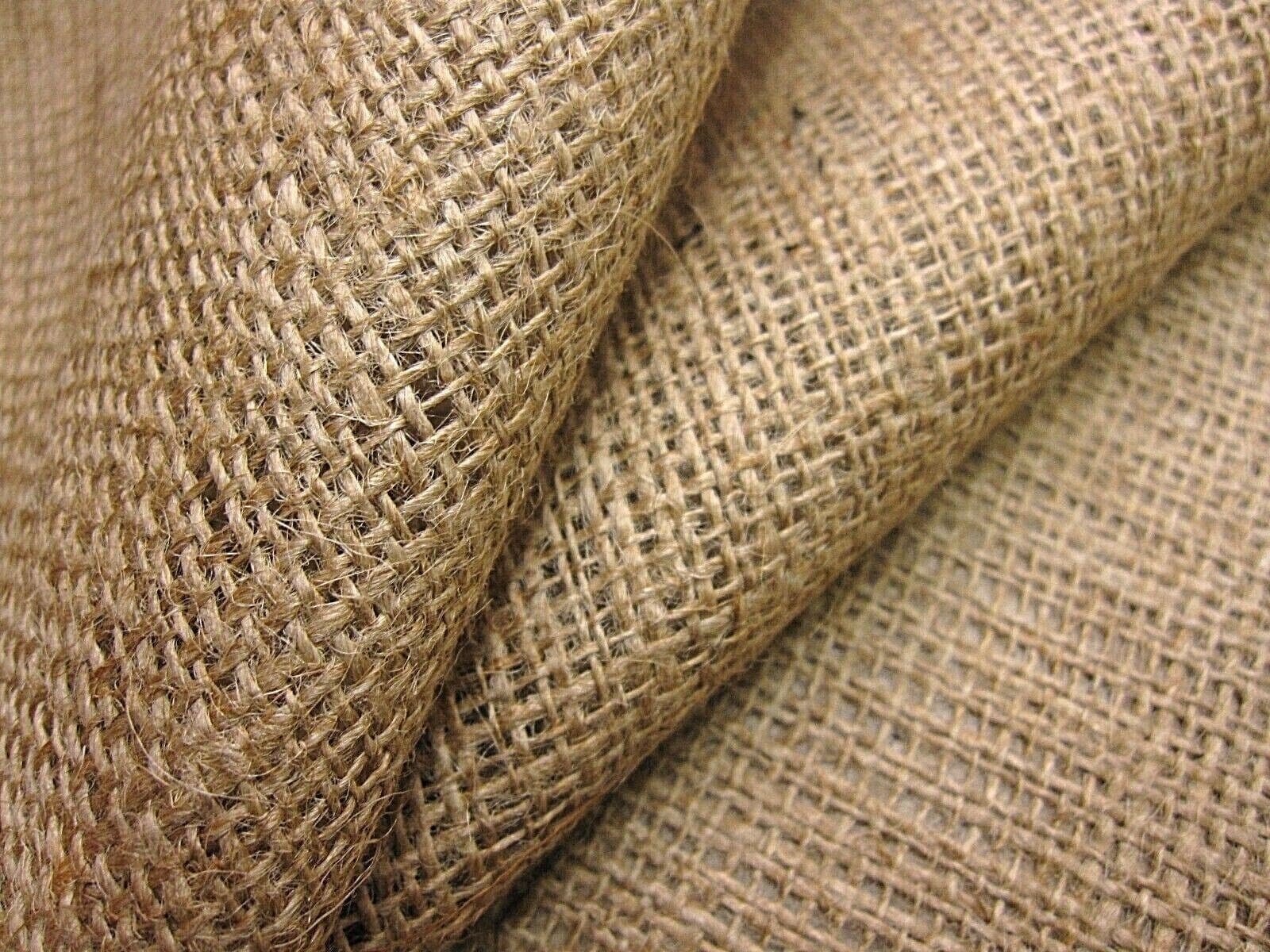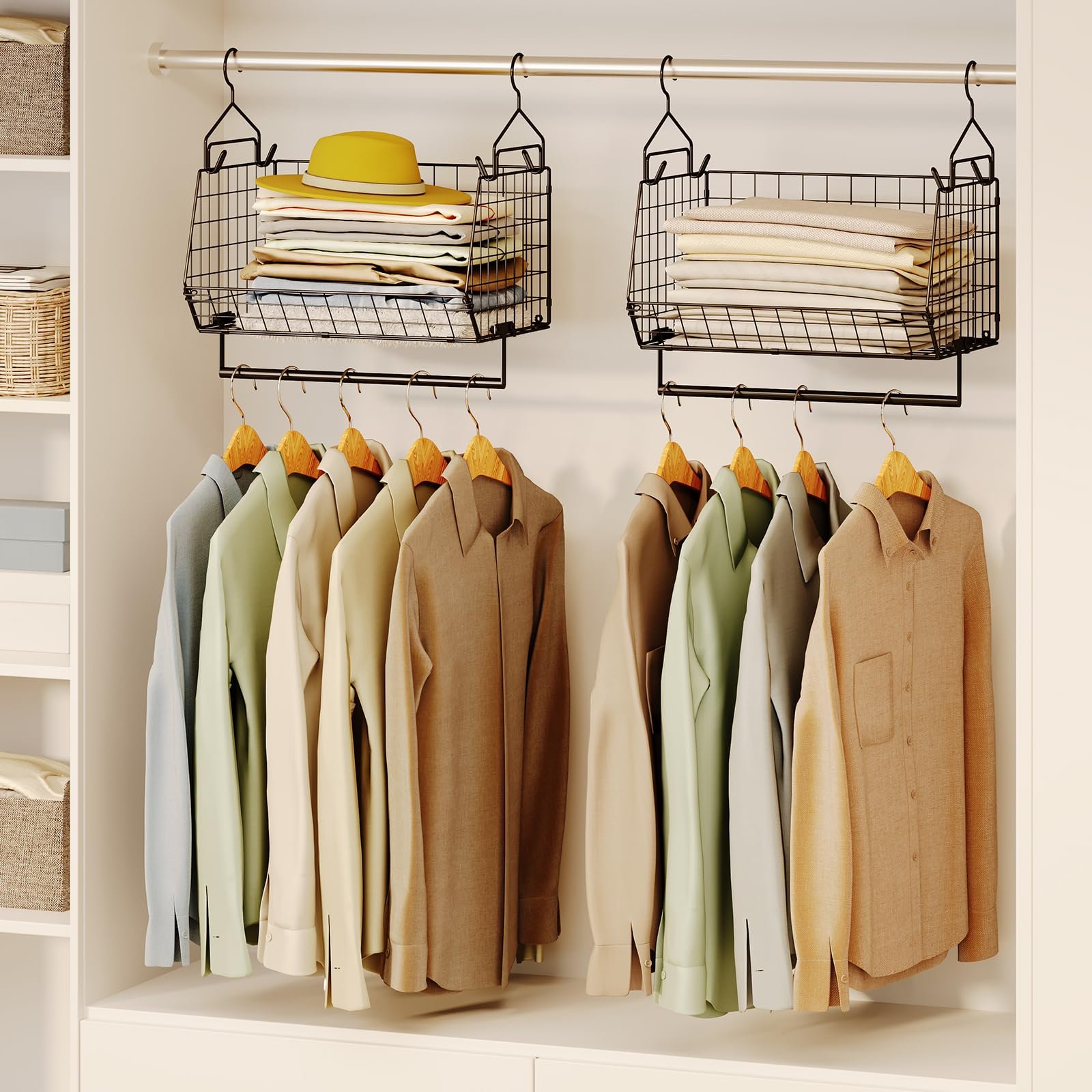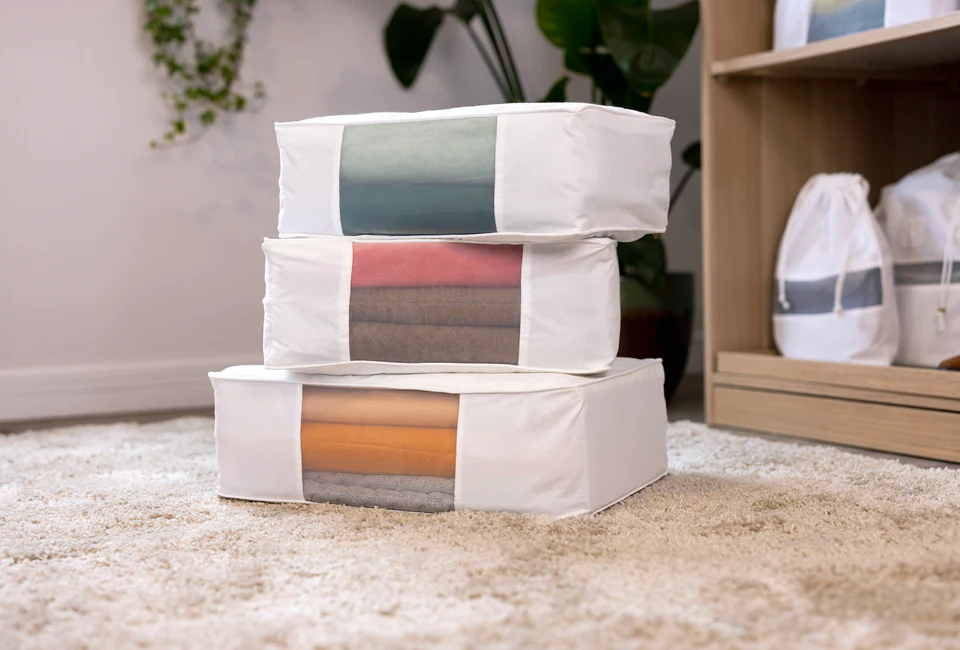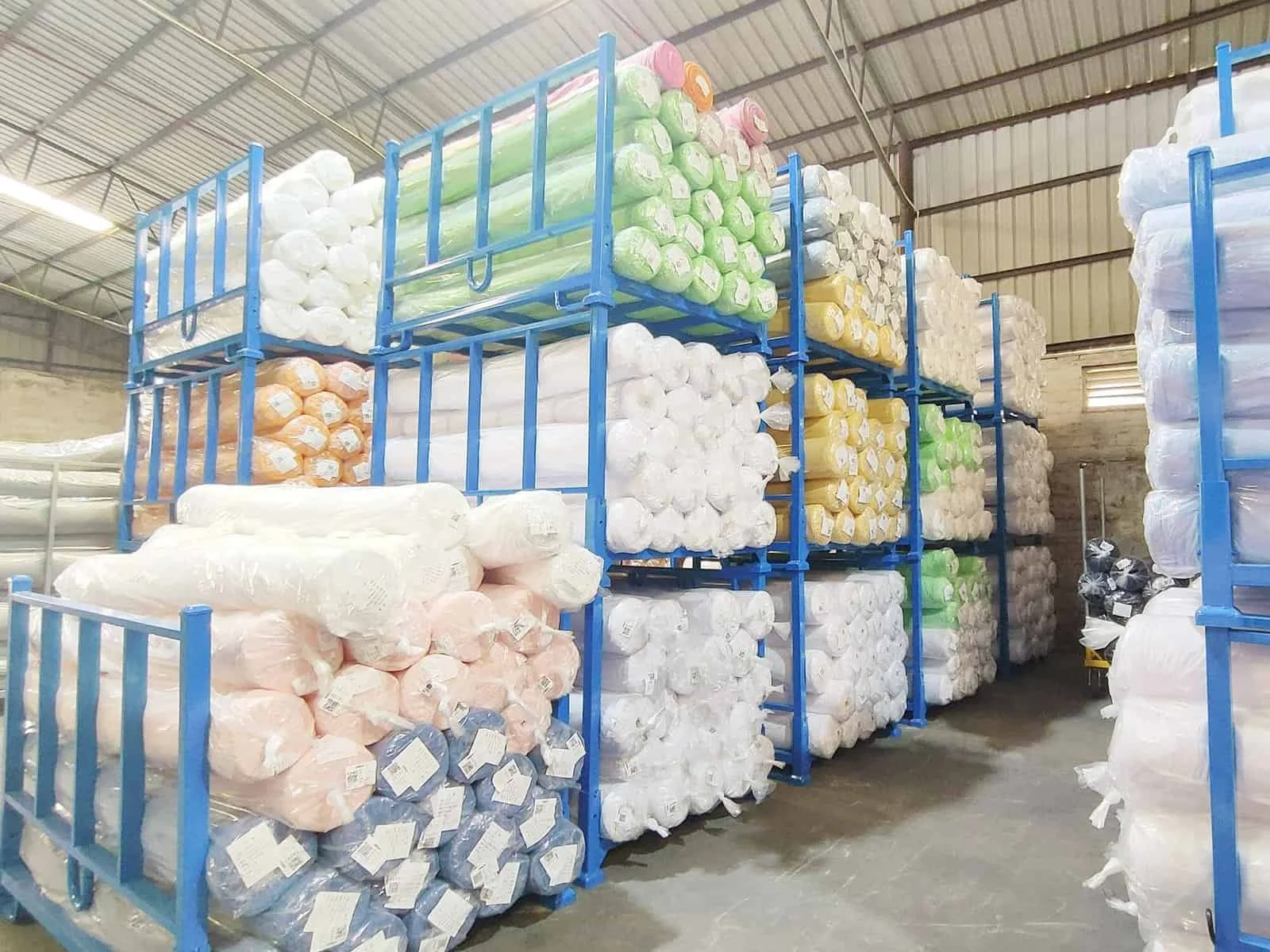Introduction: Out-of-Season Clothes Don’t Have to Take Over Your Closet
The changing seasons bring fresh weather—and a wardrobe shift. But as you swap summer dresses for sweaters or tank tops for coats, one question remains: how to store out-of-season clothes without losing your mind (or your closet space)?
Storing clothes properly during the off-season not only keeps your home tidy but also protects your garments from dust, mildew, and unnecessary wear. Whether you live in a small apartment or a spacious home, these practical solutions will help you reclaim your space—and your sanity.
Why It’s Important to Store Seasonal Clothing Properly
When left in piles or overcrowded closets, off-season clothing becomes:
Hard to access
Vulnerable to damage (moths, moisture, fading)
A source of stress and clutter
By learning how to store out-of-season clothes effectively, you:
Free up valuable space for daily-use clothing
Prolong the life of your garments
Make each season’s transition smoother and faster
1. Use Under-Bed Storage to Maximize Hidden Space
The space under your bed is one of the most underused areas in the home. Invest in low-profile storage bins or fabric boxes designed to slide easily beneath the bed frame.
Tips for success:
Use boxes with zippered lids to protect from dust
Choose clear containers so you can see what’s inside
Add cedar chips or lavender sachets to repel moths

2. Try Vacuum-Sealed Storage Bags for Bulky Items
If you need to store jackets, comforters, or sweaters, vacuum-sealed bags are a game-changer. They compress items to a fraction of their original size, saving tons of space.
Best for:
Puffy coats
Knitwear
Off-season bedding or linens
Bonus: Some bags can be stored under the bed, in closets, or stacked in bins.

3. Rotate Clothing Using Fabric Storage Bins in the Closet
Closets can hold more than you think—especially with soft-sided bins. Stackable or collapsible fabric storage cubes are ideal for storing out-of-season clothes in upper shelves or corners.
Why it works:
Keeps clothes clean and dust-free
Folds down flat when not in use
Often comes with label slots for easy sorting
Use separate bins for categories: “Summer Tops,” “Winter Pants,” “Swimwear,” etc.
4. Store Items in Clear Stackable Boxes with Labels
For a more permanent storage system (especially in garages, attics, or closets), clear hard plastic bins are your best bet. They’re durable, moisture-resistant, and easy to label.
Tips:
Avoid overpacking to prevent wrinkles
Place heavier items at the bottom
Label with season + clothing type (e.g. “Fall Jackets 2024”)

5. Use Garment Bags for Delicate or Formal Wear
Some items need to hang—like suits, dresses, or coats. Use breathable fabric garment bags (avoid plastic) to protect these from dust while allowing air circulation.
Best storage spots:
Guest room closets
Hallway closets
Covered garment racks with wheels
Add silica gel packs to help control humidity.
6. Don’t Forget About Vertical Storage
If you’re truly tight on space, go up! Consider wall-mounted hooks, over-the-door storage, or vertical garment towers for out-of-season accessories like scarves, hats, or belts.
Smart add-ons:
Hanging shelf organizers with bins
Vertical cloth wardrobes
Tiered rolling racks with zip covers
7. Prep Your Clothes Before Storing
Storing clothes improperly can lead to unpleasant surprises next season. Follow these steps before putting anything away:
Wash and dry every item—even if it looks clean
Repair missing buttons or loose threads
De-pill sweaters or lint-roll coats
Avoid starch (it can attract insects)
Use breathable containers for natural fibers like wool or cotton
8. Where (and Where Not) to Store Clothes
Great storage spots:
Under beds
High closet shelves
Under-stair compartments
Inside labeled bins in linen closets
Avoid storing in:
Bathrooms (humidity = mildew risk)
Basements without moisture control
Garages without sealed containers
FAQ: How to Store Out-of-Season Clothes
Q: Can I store clothes in the garage?
Yes, but only if you use airtight, weather-resistant containers and avoid extreme temperature swings.
Q: Is it okay to store clothes in vacuum bags long term?
For short seasons (3–6 months), yes. For delicate fabrics, rotate occasionally and avoid compression over a year.
Q: How do I keep stored clothes smelling fresh?
Use cedar blocks, lavender sachets, or activated charcoal pouches inside storage containers.
Q: Should I fold or hang off-season clothes?
Fold most items to save space. Hang only structured pieces like suits, coats, or delicate dresses.
Q: How often should I rotate seasonal clothes?
Twice a year—typically in spring and fall—is ideal. Use the switch as an opportunity to declutter.
Conclusion: Smart Storage, Smarter Living
Learning how to store out-of-season clothes is more than a seasonal chore—it’s a strategy for a cleaner home, clearer mind, and longer-lasting wardrobe. With the right storage bins, preparation, and habits, even small spaces can feel organized and stress-free.






